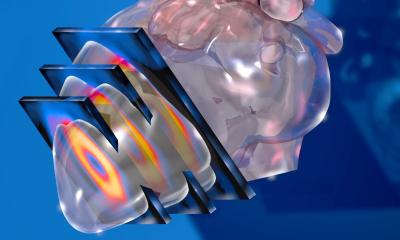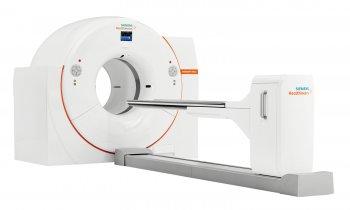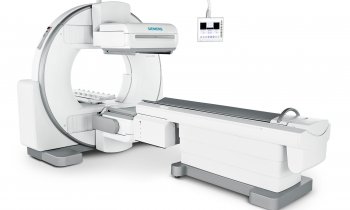Imaging Crucial for personalized medicine
'Personalized medicine' -- where therapy is designed for the individual patient -- is a popular concept in healthcare today, but according to a new market research report, it will be driven by the imaging industry, especially the new molecular technologies. If images can reveal not just the heightened metabolic activity characteristic of tumors but the tumors' chemical signatures, physicians can devise individualized therapies. They will lead to more effective treatments at a lower cost, according to the findings of "Medical Imaging Markets: Contrast Agents," from healthcare market research publisher Kalorama Information. Today, virtually nothing of consequence takes place in medicine without an image.
While medical imaging equipment markets have experienced a slump in sales due to the recession, this is not the case for contrast agents and radiopharmaceuticals. Kalorama expects yearly growth rates for contrast agents used with most modalities to range from 5% to 11%. Radiopharmaceuticals, which are radioactive pharmaceuticals used as tracers in the diagnosis and treatment of many illnesses in nuclear medicine and molecular imaging, will experience slightly stronger annual growth -- in the range of 10% to 16% from $830 million in 2008.
Nuclear medicine, including SPECT and PET, will revolutionize how diseases such as cancer or Alzheimer's are treated. Using radiopharmaceuticals, after the illness is identified and treatment begins, doctors can evaluate its effectiveness by tracking the production or inhibition of amyloids, instead of waiting months to evaluate subjectively whether behavior has changed. If a drug does not have the desired effect, treatment can be adjusted.
"Because molecular imaging allows for functional as well as anatomical imaging, diseases can be diagnosed at a much earlier stage and individualized therapies applied," notes Bruce Carlson, publisher of Kalorama Information. "With nuclear medicine making gains as a powerful tool for identifying and targeting the root of disease, radiopharmaceutical contrast agents are sure to enjoy strong growth."
Both diagnostic and therapeutic radiopharmaceuticals are becoming increasingly important as the market shifts towards molecular imaging, which is expected to remain at the forefront of research given its unique ability to image molecular abnormalities that are the basis of disease and the processes that are in progress, prior to the structural changes produced by the processes.
Kalorama Information's "Medical Imaging Markets: Contrast Agents" analyzes the current and potential world market for contrast media used with medical imaging diagnostic systems and for radiopharmaceuticals used in molecular imaging. The report reviews the nature and direction of research and provides profiles of key companies involved in developing and marketing contrast agents and media. For more information, please visit Kalorama Information .
Source
Kalorama Information
29.10.2009











